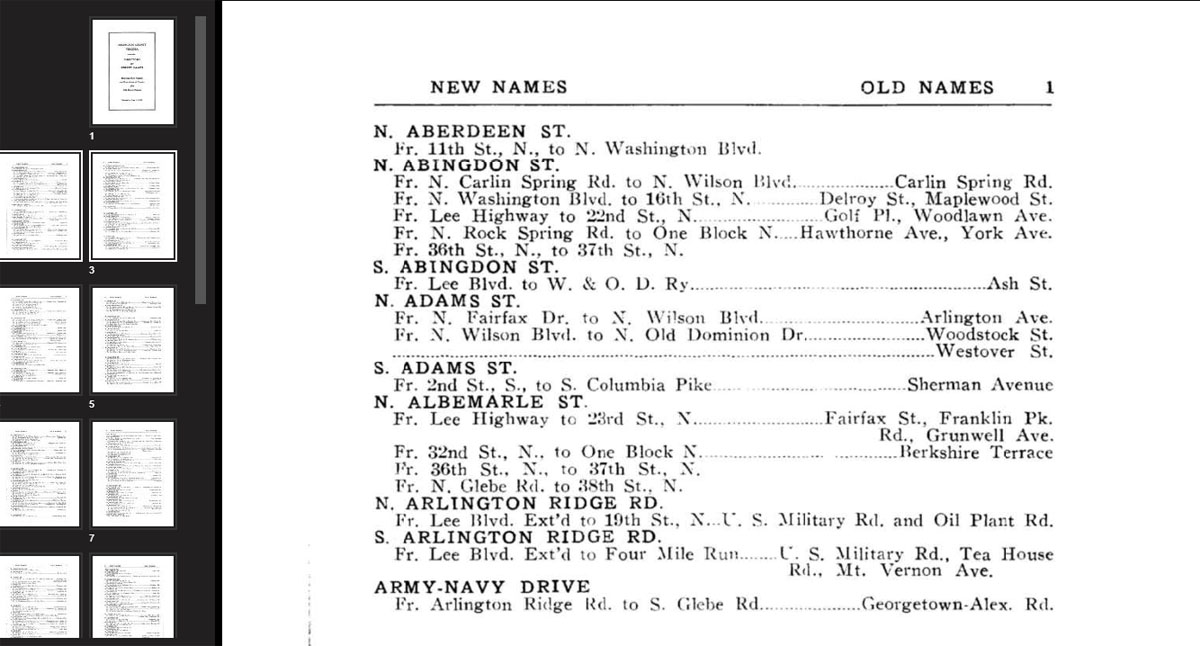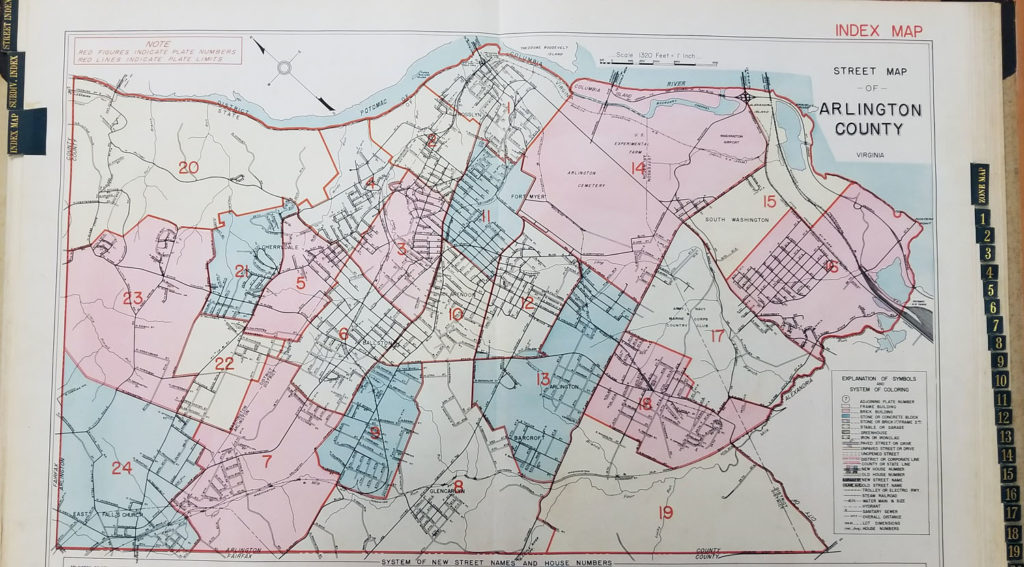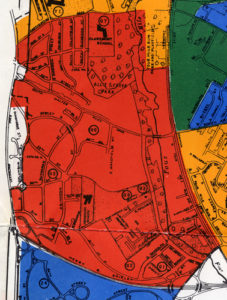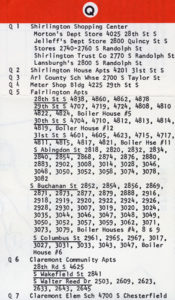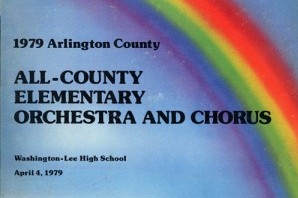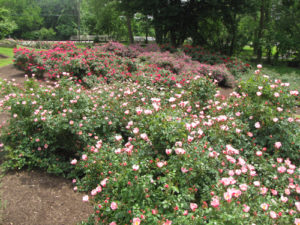We’re Saying goodbye to the name “Virginia Room”…
This year has brought big changes to Central Library, with building-wide renovation and redesign.
The Local History Team has used these renovations as an opportunity to re-evaluate how we present our mission and projects to the public. After much consideration, as of our reopening this week, the “Virginia Room” name is being retired.
We are now the Center for Local History at Arlington Public Library.
What’s in a name?
Simply put, the name “Virginia Room” was insufficient to convey the scope of the work that we do and the resources we offer.
Our mission has not changed: we are still dedicated to collecting, preserving, and sharing the history of our community.
Our rich historical collections and range of projects offer the Arlington community the ability to not only learn about and research their history, but also contribute to its telling. We are, and have always been, much more than just a room; now our name will reflect this.
By changing our name to the Center for Local History we hope to provide a better explanation of who we are: our many projects and the mission that links them.
What is it you do, anyway?
The Center for Local History has three primary components:
- The Virginiana Collection, located in our research room, is a special collection of library holdings including books, newsletters, maps, oral histories, and other materials pertaining to the history of the Arlington area specifically and Virginia more generally. These materials are not available to be checked out, but can be used by researchers during our research room hours.
- The Arlington Community Archives, which collects and preserves documents about the history of Arlington County, its citizens, and organizations. The collection focuses on personal papers, photographs, and archival records of local organizations, clubs, and associations. Most of these holdings are kept off-site at our archives, but can be requested by researchers for perusal in our research room.
- Finally, our Digital Initiatives include efforts to improve access to our holdings by digitizing them and making them accessible to the community online. This includes the digitization of holdings, the creation of online exhibits, and the preservation of born-digital holdings in the archives.
Later this summer, we will add another element to our Digital Initiatives program, as the Library’s Digital Projects Lab will become part of the Center for Local History.
The Digital Projects Lab will provide a variety of software and hardware to allow anyone to come in and share their own pieces of Arlington history, through scanning family photographs or recording oral histories, along with providing a space and resources to create digital projects.
The Center for Local History at the Arlington Public Library is located on the first floor of Central Library. We hope you will come and visit us, explore our collections and follow all the exciting new projects coming up this year and beyond.

This blog post represents the first in our new series, Unboxed, where we will give a behind-the-scenes view of new and interesting Center for Local History projects.
We have a lot of exciting projects in the pipeline, and this blog series will be a place where we can let you behind the scenes, show you what we’ve got in the works, and what we’re working on. Hope you follow along and enjoy it!
The Center for Local History at the Arlington Public Library
Website: library.arlingtonva.us/localhistory
Phone: 703-228-5966
Email: localhistory@arlingtonva.us
Research Room
1015 N. Quincy Street
Arlington, Virginia 22201
Sunday: Closed
Monday: 10 a.m. – 5 p.m
Tuesday: 10 a.m. – 5 p.m.
Wednesday: 1 p.m. – 9 p.m
Thursday: 10 a.m. – 5 p.m
Friday: Closed
Saturday: 10 a.m. – 5 p.m.

